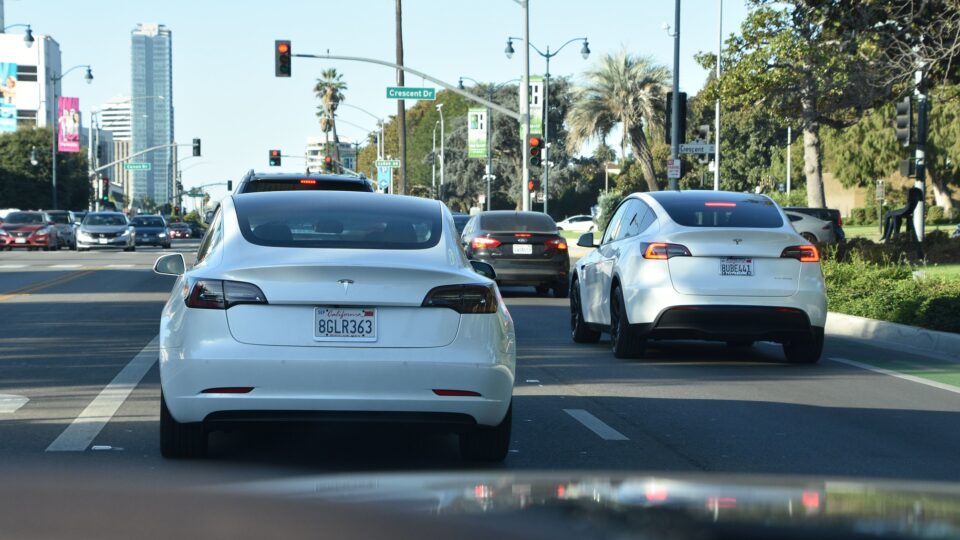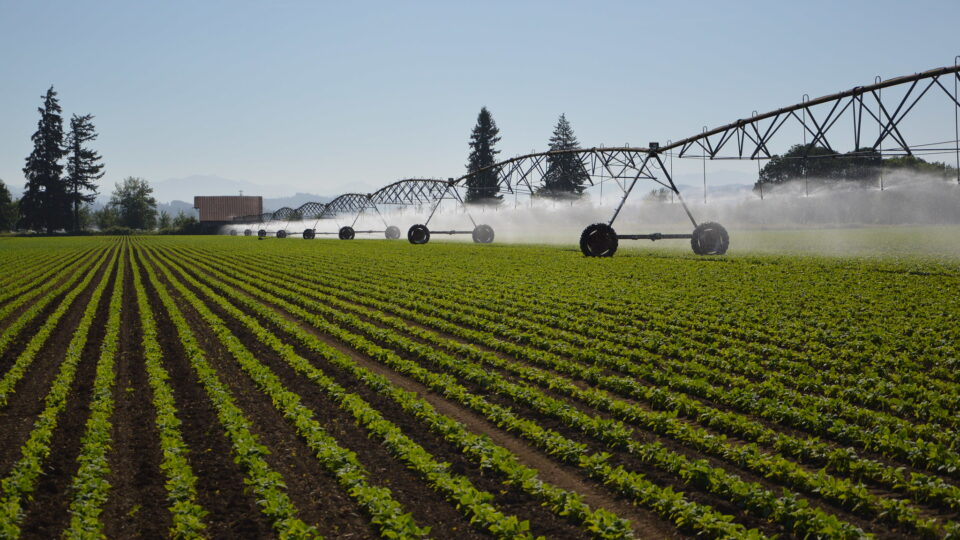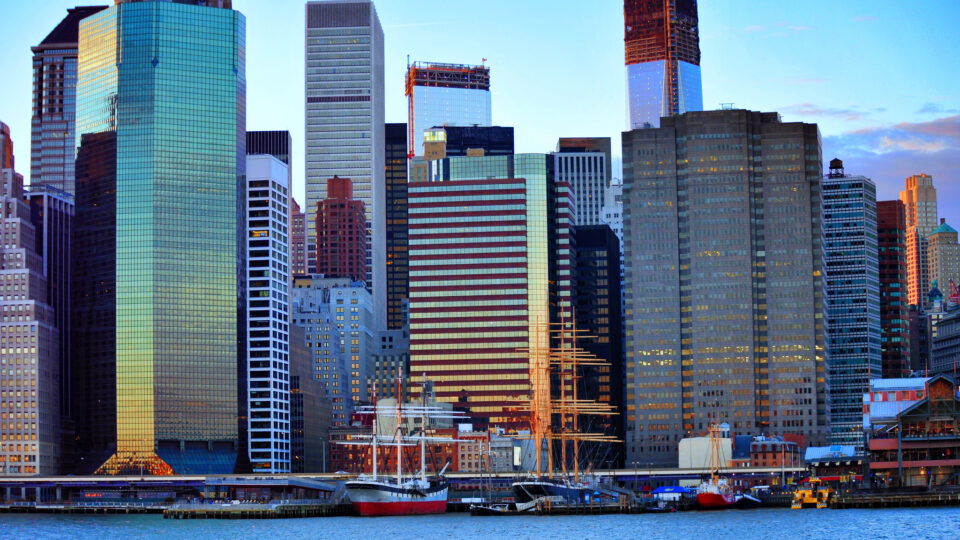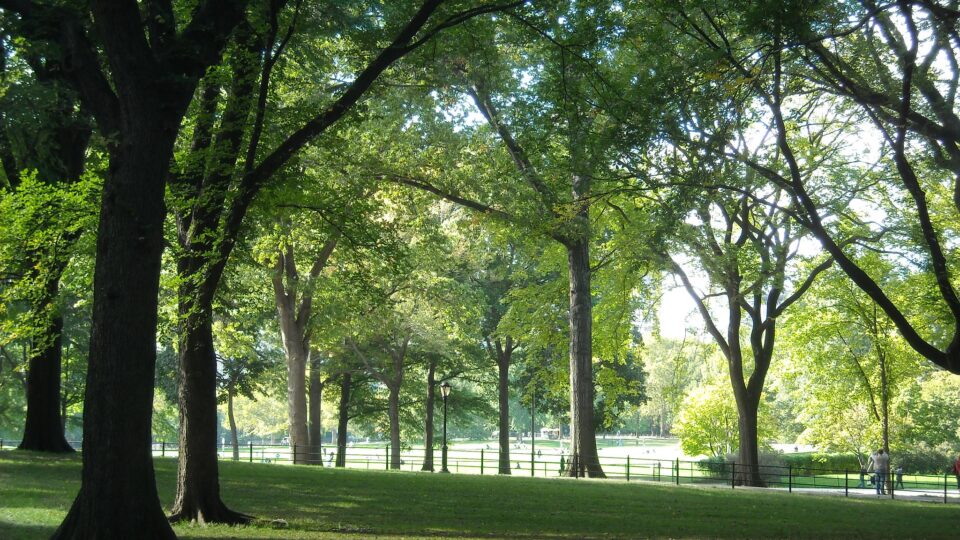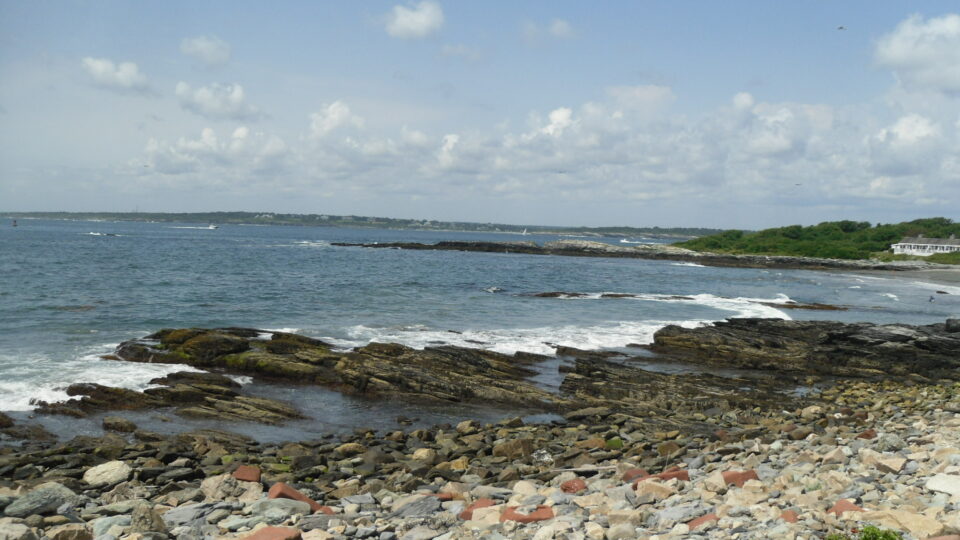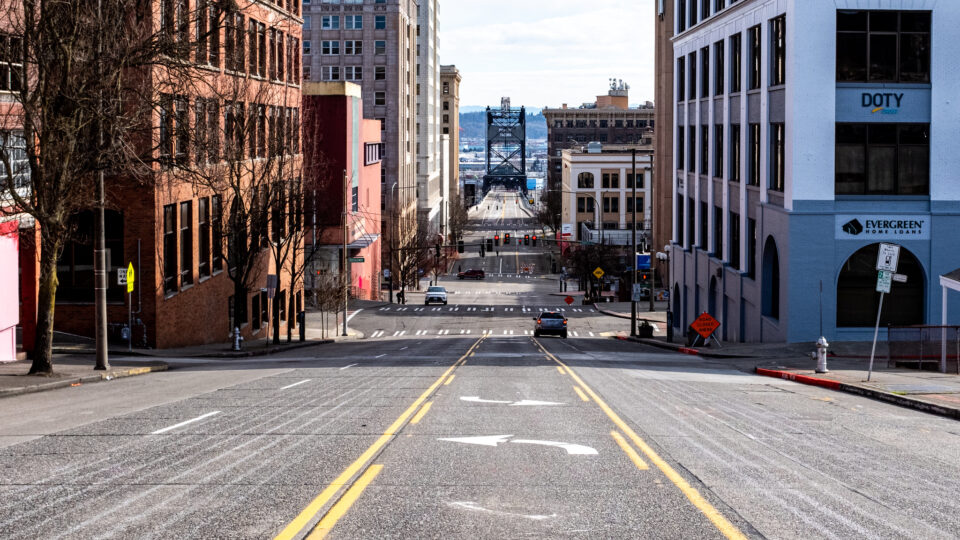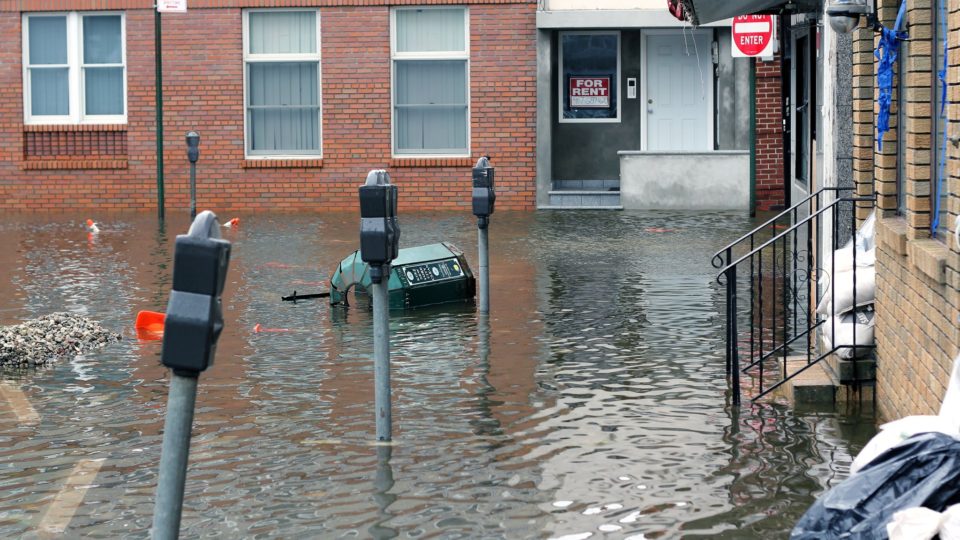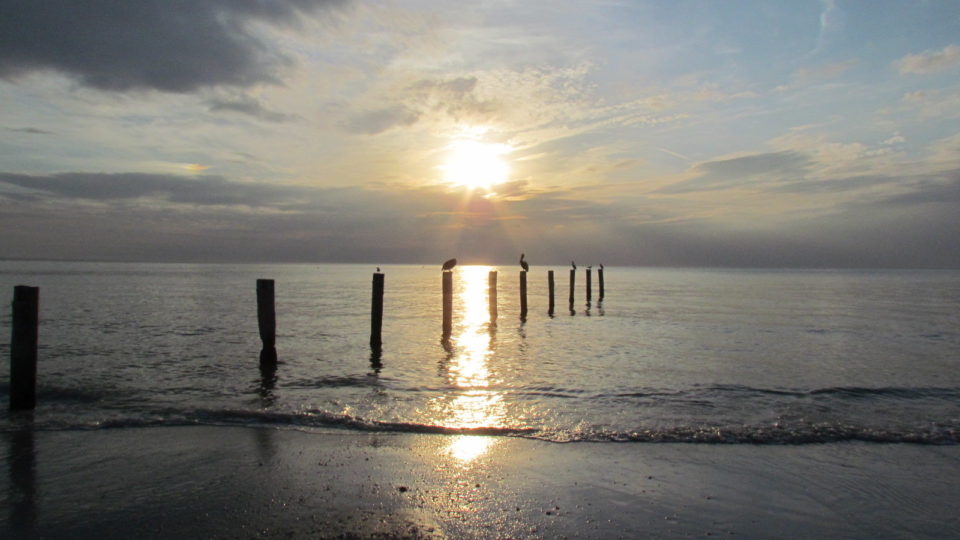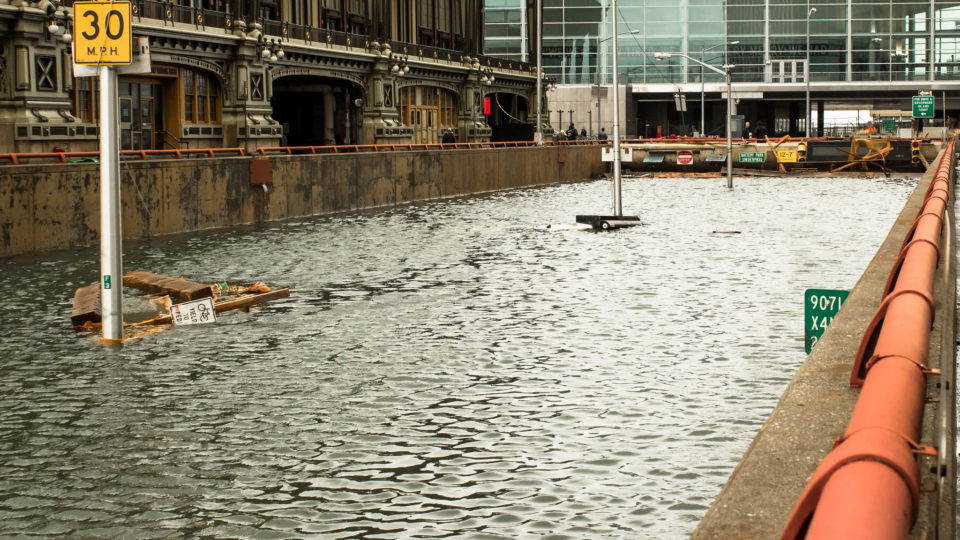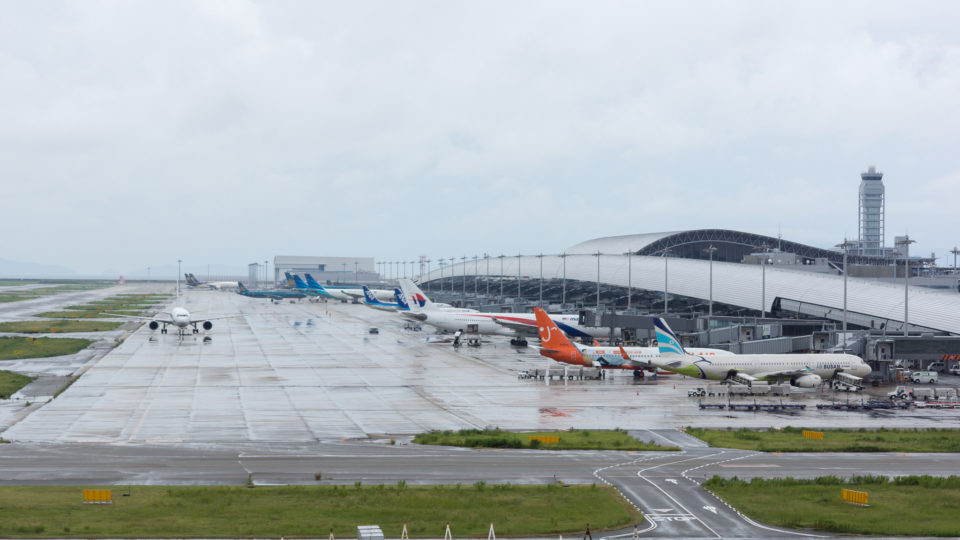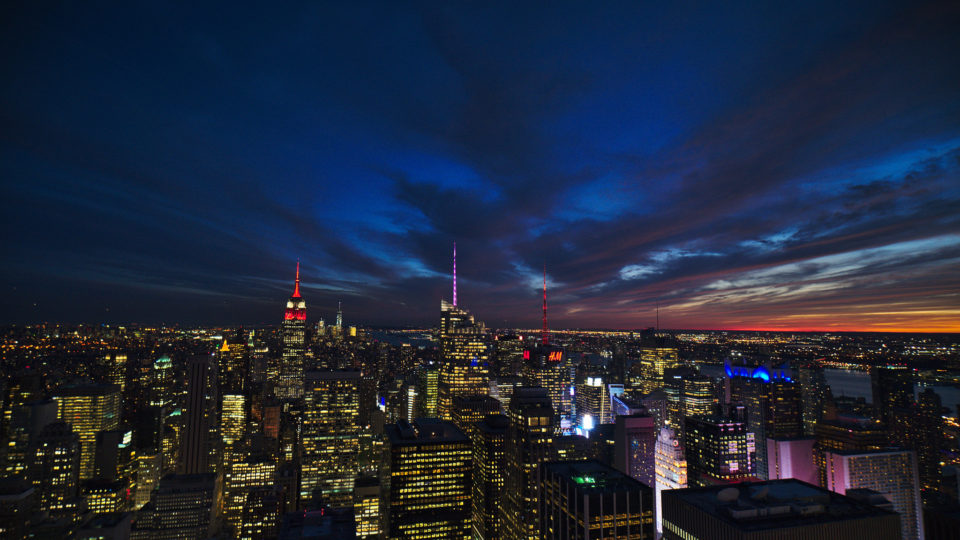Electric cars are growing in popularity around the world and are expected to represent 20% of new car sales this year. In some places, they have a much bigger share: 38% in China and a whopping 82% in Norway. Here in the U.S., things are more complicated.
Last year, EVs represented 8.5% of U.S. new car sales while hybrids accounted for an additional 10%. But enthusiasm for plug-in vehicles was by no means universal or consistent across the country or across various segments of the population.
Overall, the West Coast, and especially California, dominated the electric vehicle market. Electric vehicles accounted for more than 30% of new car sales in the San Francisco Bay Area. In Los Angeles, the number was close to 25%.
A number of metro areas elsewhere also had strong EV sales, including Denver, Las Vegas, Washington DC, Austin, and Phoenix. New York City had almost 10% EV registrations.
Americans buying electric cars so far tend to be richer, younger, and more likely to live in urban areas than the average person and are often motivated by environmental concerns. Meanwhile, about half of American adults say they are not likely to consider purchasing an EV as their next car and that figure rises to 70% for Republicans.
Lack of interest in EVs is often based on concerns about the availability of sufficient charging options or high EV prices, although those are dropping. There is also concern about EV efficiency in colder climates, although the Norwegians clearly don’t find it to be a problem.
**********
Web Links
Photo, posted October 18, 2021, courtesy of Chris Yarzab via Flickr.
Earth Wise is a production of WAMC Northeast Public Radio
